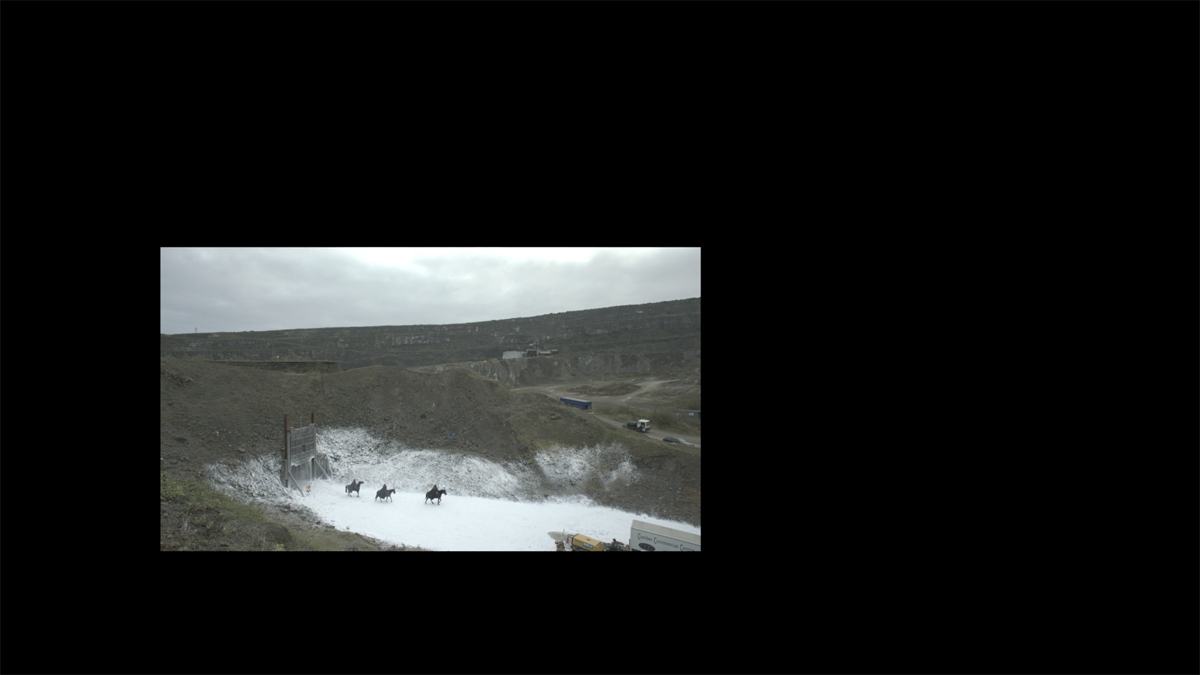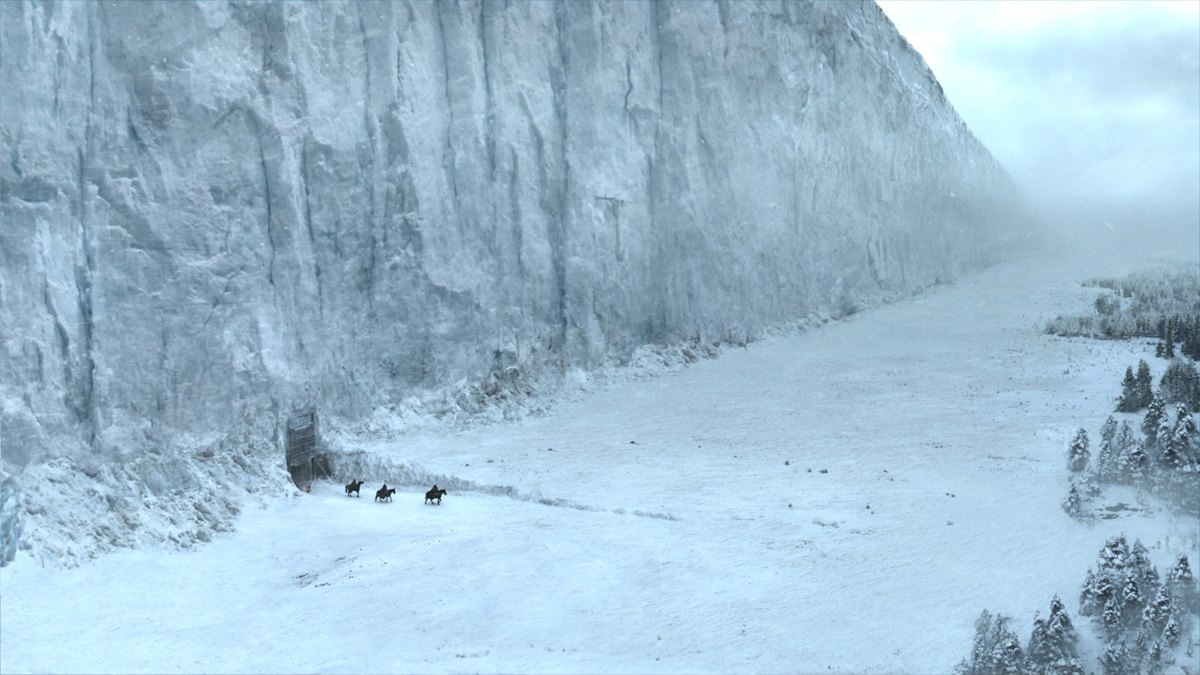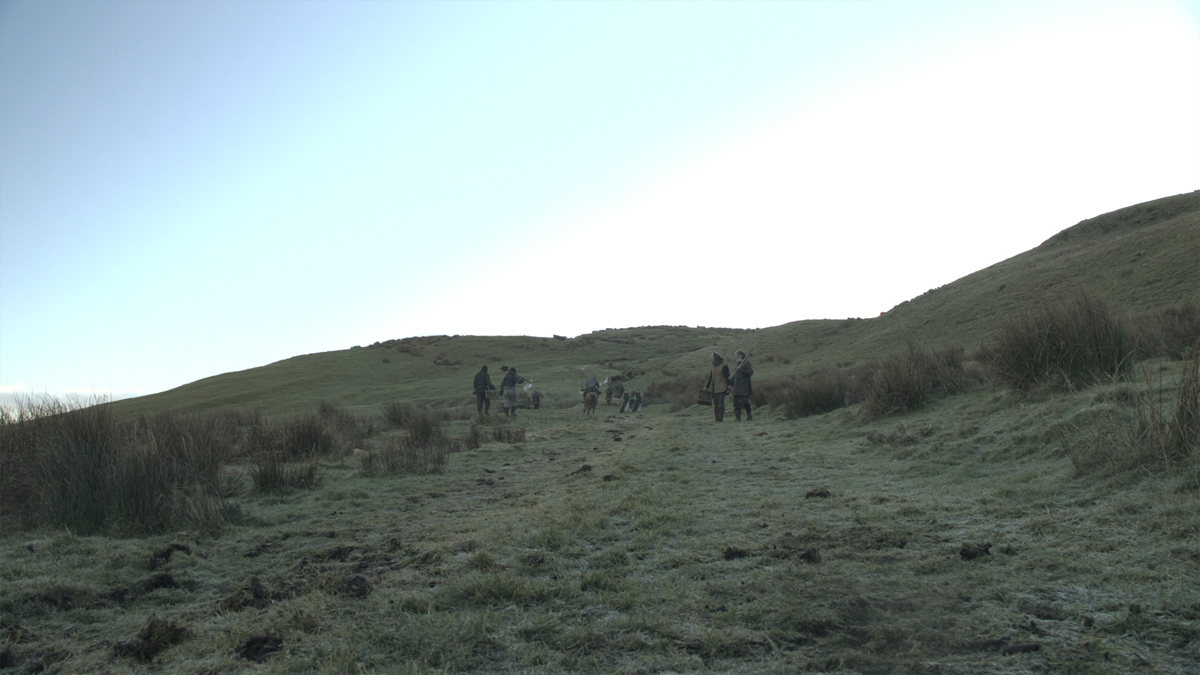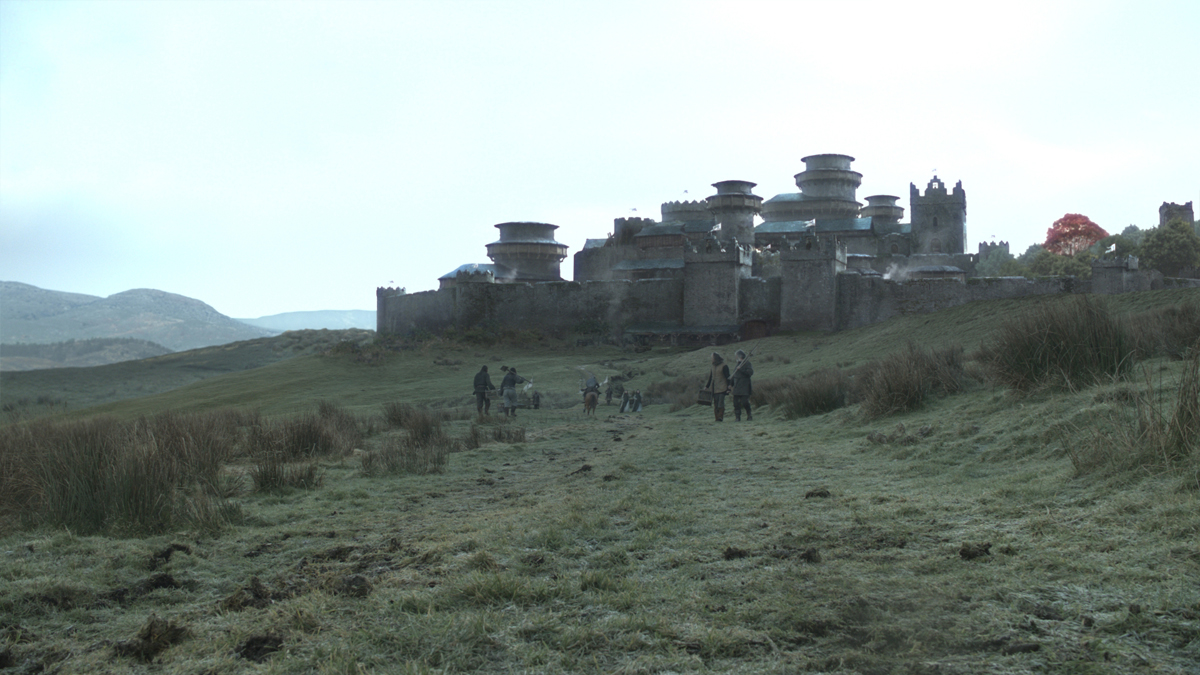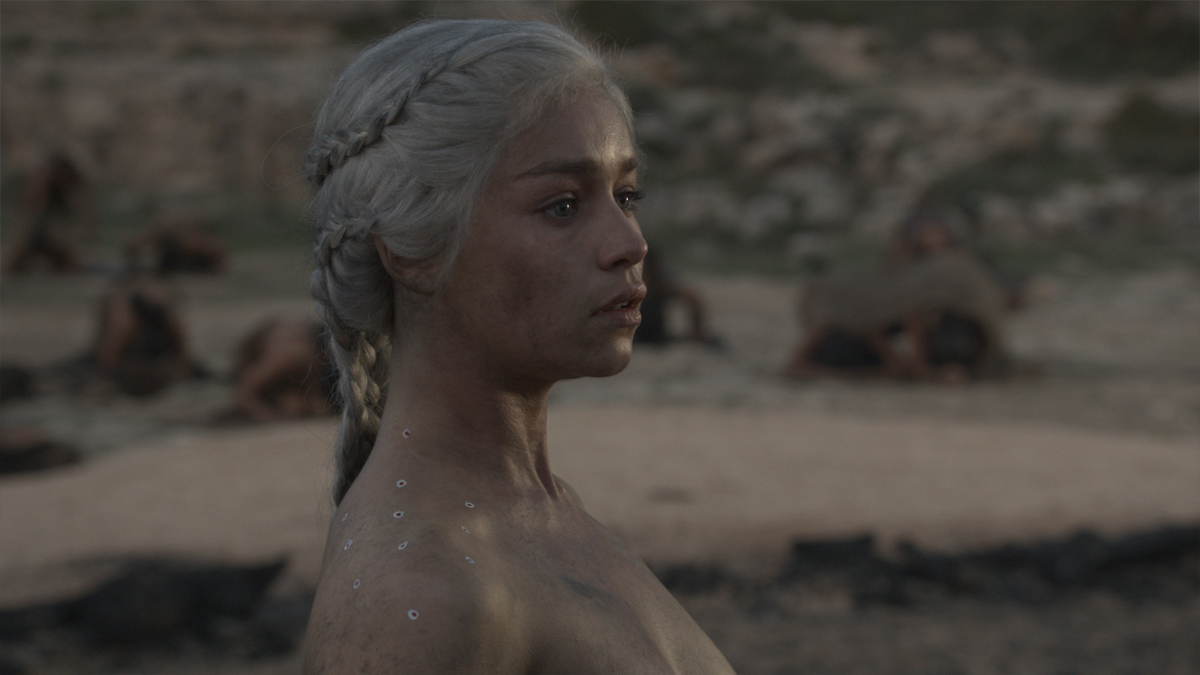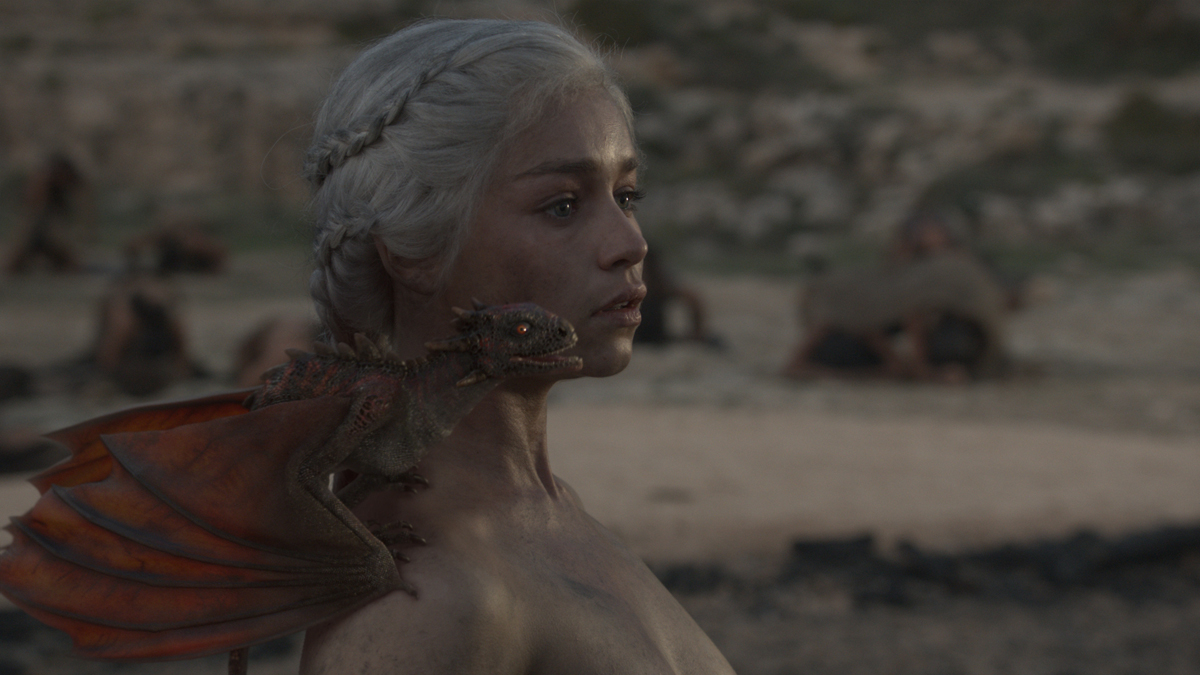Angela Barson worked almost eight years at MPC, starting with compositing (TROY and CHARLIE AND THE CHOCOLATE FACTORY) and ending as VFX supervisor for films like CASINO ROYALE and QUANTUM OF SOLACE. In 2009, she founded BlueBolt with Lucy Ainsworth-Taylor and Chas Jarrett. Since then she has overseen the effects of films such as JANE EYRE or FAST FIVE.
What is your background?
I’ve worked in the film and TV industry for about 20 years. Initially in software development for Parallax and Avid before moving into post production as a compositor 11 years ago. After a year at the BBC I joined MPC where I stayed for 8 years. During my time at MPC I moved from being a compositor to being a VFX Supervisor. After leaving MPC I setup BlueBolt with 2 other partners, Lucy Ainsworth-Taylor and Chas Jarrett.
How was the collaboration with director Tim Van Patten?
Although Tim Van Patten directed episodes 1 and 2, he wasn’t the first director to come on board. We filmed episodes 3, 4 and 5 first with Brian Kirk, which meant Brian was the director we got to do the most planning with. Tim came on board when we were in the midst of filming and I was out in Malta. Most of my planning with Tim happened on the technical recces and whilst shooting.
Can you tell us how did Blue Bolt get involved on this project?
We were initially approached by Mark Huffam, one of the show’s Producers. Lucy Ainsworth-Taylor and I both worked on an independent film of Mark’s several years ago, and Lucy had kept in touch with him ever since. It took many months of bidding and meetings before we were awarded the job. It also took a leap of faith from HBO to award us the job. BlueBolt had existed for less than a year at the time and we had fewer than 10 staff, but they knew our history and trusted us to be able to deliver.
Can you tell us about the impressive wall of ice?
The ice wall was difficult as it had to really give a sense of height (700ft). The north side of the wall had to be vertical and look impenetrable, the south side of the wall was to look more man made. The practical base of the wall was a quarry that had been snowed up, so the CG wall had to transition from the quarry wall to full snow and ice.
We did a basic, textured build so that we could always get the layout and perspective correct. For each shot, additional DMP work was then done by Damien Mace to give it the snowy/icy look, with a lot of additional passes given to the compositor so they could manipulate the specular etc.
When they are on top of the wall, in the ice trench or looking out of the look-outs, we had to do set extension to the set build, and do some additional work to ice up the set further.
For the environment north of the wall, we created a number of matte paintings based on photos from Belfast, Italy, Switzerland and Finland. It snowed heavily in Northern Ireland towards the end of the shoot when I was there, so a helicopter was quickly arranged so I could go and photograph the Magheramorne Mountains and surrounding woods from the correct height.
How did you create the matte paintings of castles and different environments?
The approach for each environment changed depending on how many times the environment would be seen, what type of camera moves would be used and how many different lighting setups would be needed. There was a mixture of 2D DMP, 2.5D projections and full 3D approaches. Every building, castle and tower top-up had a basic model and basic texture created so that the shots could be laid out with the correct scale, perspective and lighting setup. This would be rendered as a base layer and then it would be passed to the matte painters to add the detail and finessing needed.
Are you involved to increase the gory makeup?
We did several shots where gore and blood had to be increased. For example the stomach being sliced open in episode 1 at the Dothraki wedding – there could never be too much gore!
How did you create the army of the King that arrives at Winterfell?
The army that arrives with the King was all done by replicating shot elements – no CG armies. It’s the Winterfell environment that’s almost fully CG.
Can you talk about the shooting of the scene where the boy is running on a rooftop and then down a tower? What did you do on these shots?
This sequence was predominantly shot a year earlier for the pilot, which means it was shot on film rather than the Alexa. The shots needed a combination of wire removals, some background composites and some tower top-ups. In the wide shot of Bran running across a tall wall, the environment is completely CG.
What was the size of the sets? Have you had some greenscreens?
The sets varied in size. Winterfell was built in the courtyard of an existing castle in Northern Ireland, so it was quite large. Green screens were erected in some of the areas where set top-ups were going to be needed. We built and textured and entire CG Winterfell which was used extensively for top-ups and full CG shots. For each Winterfell shot, Raf Morant added a lot of additional detail and lighting in DMP.
Castle Black was built from scratch in a quarry. One courtyard was built with its surrounding buildings that could be used for interior and exterior shots. It was built up to a height of about 30ft and we did CG extensions for anything higher than that as well as building a CG second courtyard.
Other sets were very small. The Top of the Ice Wall was built as a small section which then had to be extended in every direction, so lots of green screen, and the Sky Cell was built as one unit which we then had to extend. The sets were fantastic with an amazing attention to detail.
The Red Keep hardly existed at all as a practical build. The interior sets were all built inside the Paint Hall in Belfast, but the exterior shots were all created fully in CG.
Are there any invisible effects that you would reveal the secret?
There were a few environments that changed quite radically from how they were shot, changing cities to hills and sea to desert. Effects that you just wouldn’t expect to have been done.
What was the biggest challenge on this project?
The biggest challenges were probably the speed of delivery – 10 episodes in 4 months – plus the many layers of HBO producers and executives that were involved in the shot approval process.
Although we started CG builds in September, we didn’t properly start getting shot turnover until late January. This left us with 4 months to deliver all 10 episodes. Episode 1 had a huge number of VFX shots in it, and as it was the first time anyone had seen the VFX work, there was perhaps a disproportionate amount of time spent on changes. It was always difficult to keep the bigger picture/schedule in mind and not get too caught up in endless notes on Episode 1 shots. As we were creating CG creatures for Episode 10 we had to start work on them very early, before the clients were really ready to focus on them.
The shot approval process was always going to be a challenge. Working on a TV series was a totally different experience to working on a feature film where the director tends to have the final say. Each of the 4 directors on the series had 4 days to edit each of their episodes, then they were gone and the producers took over. The 2 writers also had an enormous amount of input and of course they understood the overall continuity better than anyone.
Was there been a shot or a sequence that prevented you from sleeping?
Yes, several! The dragon sequence at the end was one of the most stressful, but then CG characters always are. The entire 3D department and most of 2D worked really hard to get the dragons done and looking great in a very tight schedule.
The Eyrie arrival shot in episode 5 also caused us a lot of trouble. The layout and concept changed several times late in the delivery schedule in terms of scale and distance of the Eyrie, which meant re-doing the shot several times. 3 different matte painters produced versions, but unfortunately for Henry Baggett (our head of 2D), he ended up compositing every version.
What are your software and pipeline at Blue Bolt?
We use Maya and 3Delight for modeling, animation and rendering, Photoshop and Mari for matte painting and texturing, Nuke for all compositing. Our production management was done using Shotgun.
How long have you worked on this TV Series?
We started bidding and planning in April 2010. Filming began in July through to December 2010. Post started around September 2010s and we will be finishing up in May 2011. So by the end of it, I will have been working on the series for just over a year.
How many shots have you made and what was the size of your team?
BlueBolt completed around 300 shots. We did all of the complex environments, matte paintings, some big crowd shots and of course the creatures. We didn’t have to do much in the way of wire removals, blood additions, breath addition etc, as other vendors did these shots.
Our team reached about 30 people at its peak, with a half and half split between 2D and 3D.
What did you keep from this experience?
Never believe a TV post schedule that says you’ll get early turnover!
What is your next project?
We are just starting up on post for THE IRON LADY and SHERLOCK HOLMES: A GAME OF SHADOWS.
A big thanks for your time.
// WANT TO KNOW MORE?
– BlueBolt: Dedicated page about GAME OF THRONES on BlueBolt website.
// GAMES OF THRONES – VFX BREAKDOWN – BLUEBOLT
© Vincent Frei – The Art of VFX – 2011


